You have to cut a weeping willow tree to make it look better. It makes sense to trim the tips of the branches of a weeping willow to match the foliage of an ornamental tree. However, there are more serious reasons to consider weeping willow pruning. Weeping willow branches can grow to the ground over time.
Weeping willow should only be pruned in late winter and early spring, when the tree is in its dormant period. This is because willows, like most trees, bleed sap if pruned during their active growth period. When the sap is exposed, it attracts insects, which bring with them spores of fungi and bacteria, which can cause disease. As with all trees, weeping willows should be pruned and trimmed regularly.
Major pruning is best when trees are dormant, but because these weeping willows grow quickly, they tend to drop a lot of branches and often need extra maintenance during spring and summer. For better growth, prune the weeping willow when young, cutting it so that there is a central leader. It is advisable to cut all branches in late winter or early spring, as it will encourage the growth of new branches and revitalize your tree. Avoid the months of April through July, as they are warmer months, and weeping willows thrive well in warm climates.
Weeping willows have long been prized for their delicate, weeping branches that graze on the ground with fluttering, silver leaves. Caring for a weeping willow, from planting to pruning, will contribute to the harmonious development of the tree. Hugging quietly at the edge of a meandering stream, the leaves of a weeping willow (Salix babylonica) are reflected in the calm of the water, completing a picture of tranquility often found in paintings. Weeping willows develop best when planted in areas that receive full sun or partial shade, in slightly acidic, moist soil.
Remember that you want to keep the bottom of the tree free of branches, so if you keep a close eye on your willow, you may be able to catch a new growth right from the start and it will be as simple as rubbing it with your fingers. Willows are more durable and have a better shape if you do most of the pruning and shaping while the tree is young. Pruning willows correctly when they are young and easier to prune means you probably won't have to make major changes to the structure of the tree when it's older and harder to prune. Look for future publications that cover the other willow species or you can ask us to write a guide for your particular tree.
As essential as it is to prune willow, it is equally important to take care of them after pruning. The goal of pruning a mature willow is simply to remove broken branches and those that rub against each other and cause weakness. The weeping willow is just one of 400 species of willow, ranging from just 2 inches tall to over 60 feet. If branches break, cut broken or split branches with a pruning saw as soon as possible and examine branches for additional dead wood.
Willows need pruning in the right season and months, otherwise you will inhibit their growth. The caterpillar of the gypsy moth, the willow leaf beetle and the bagworm are known pests, all of which will lead to leaf loss.
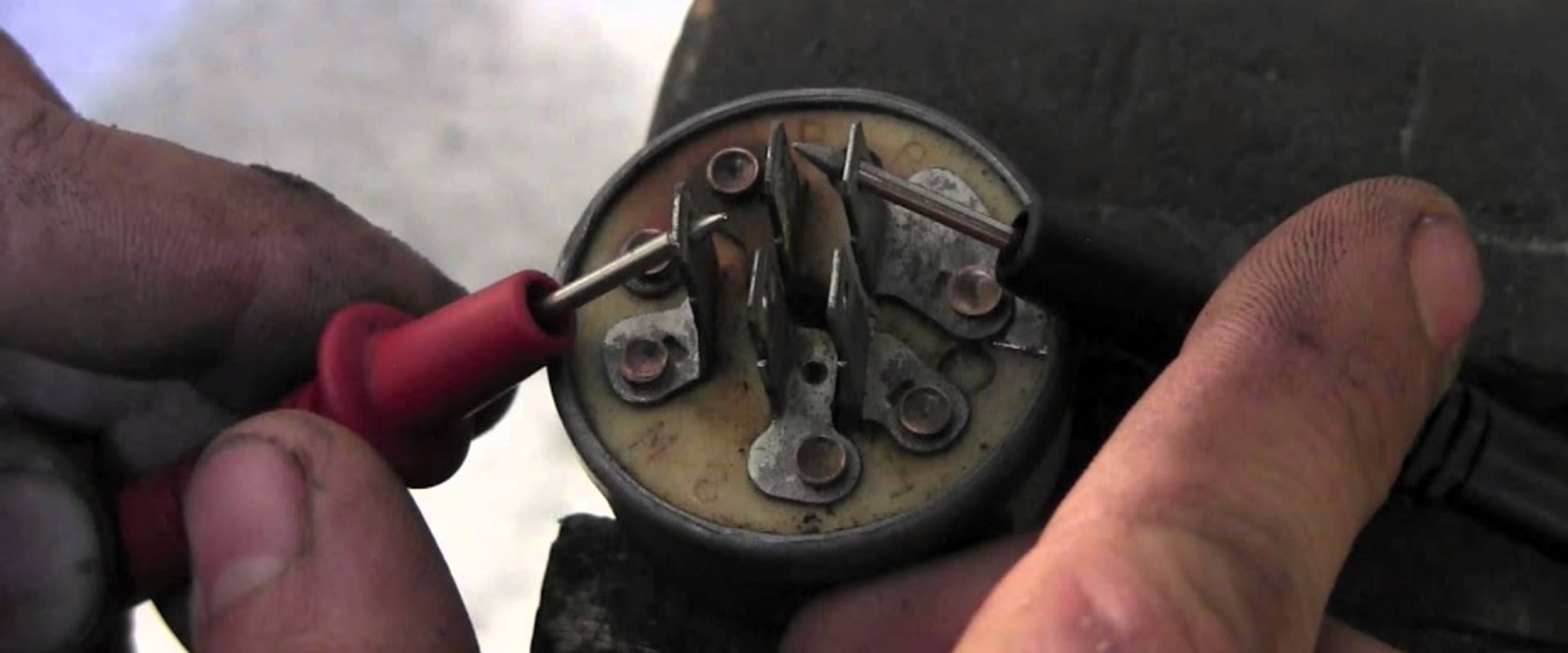
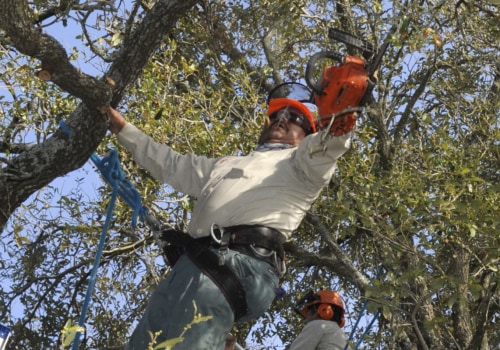
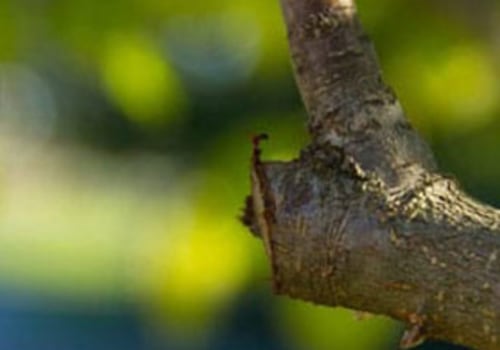
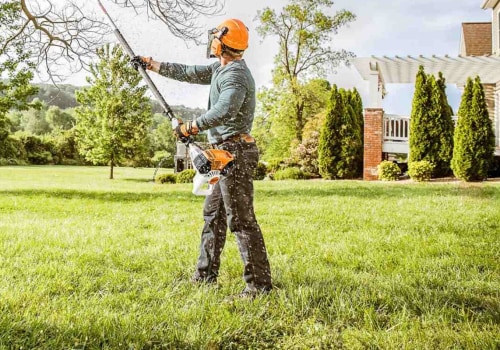
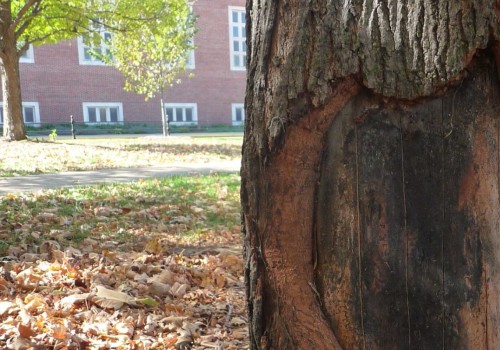



Leave Reply